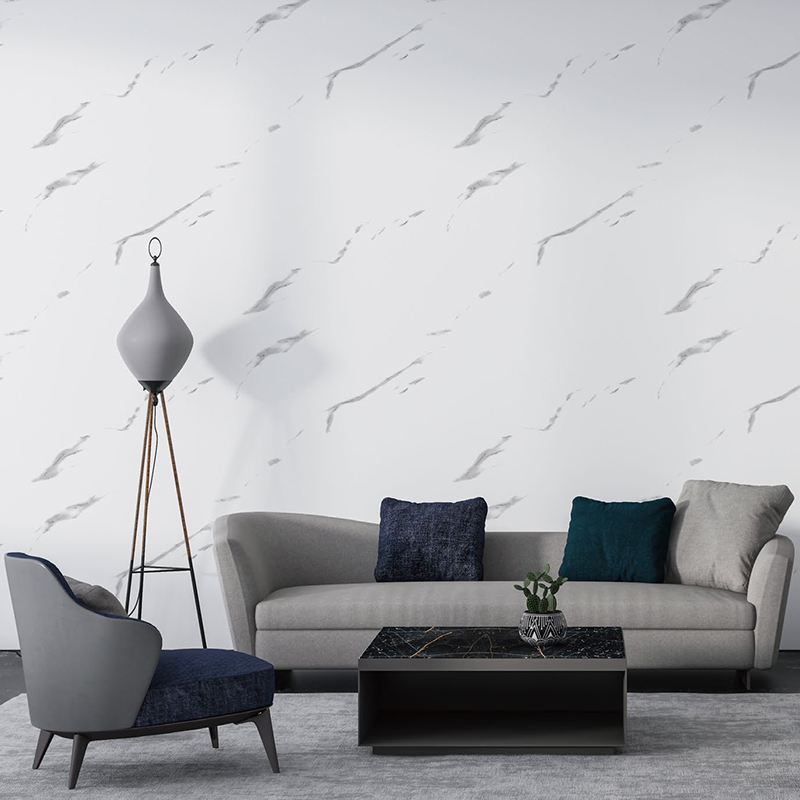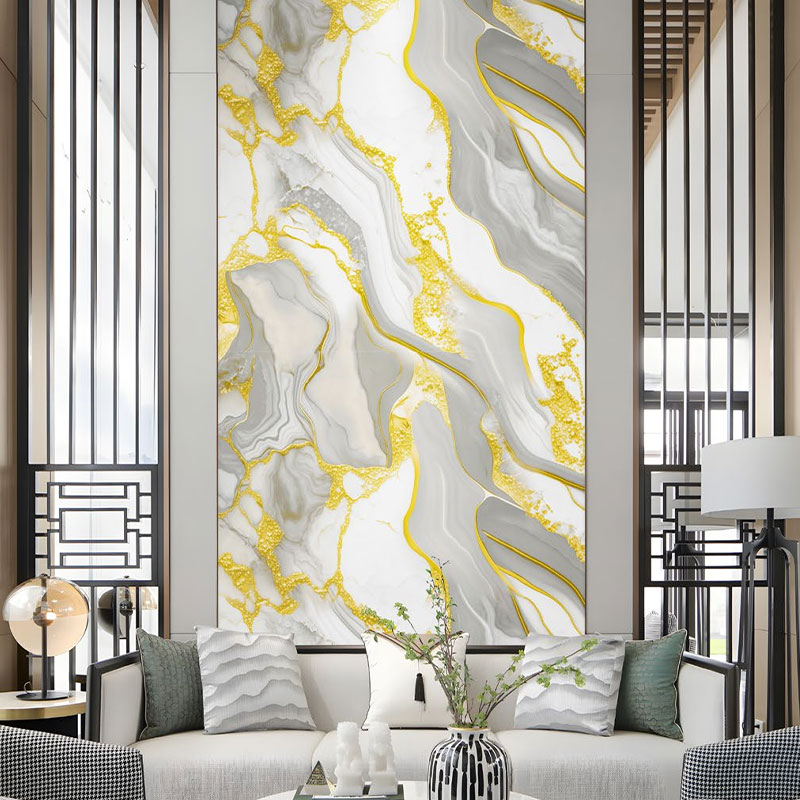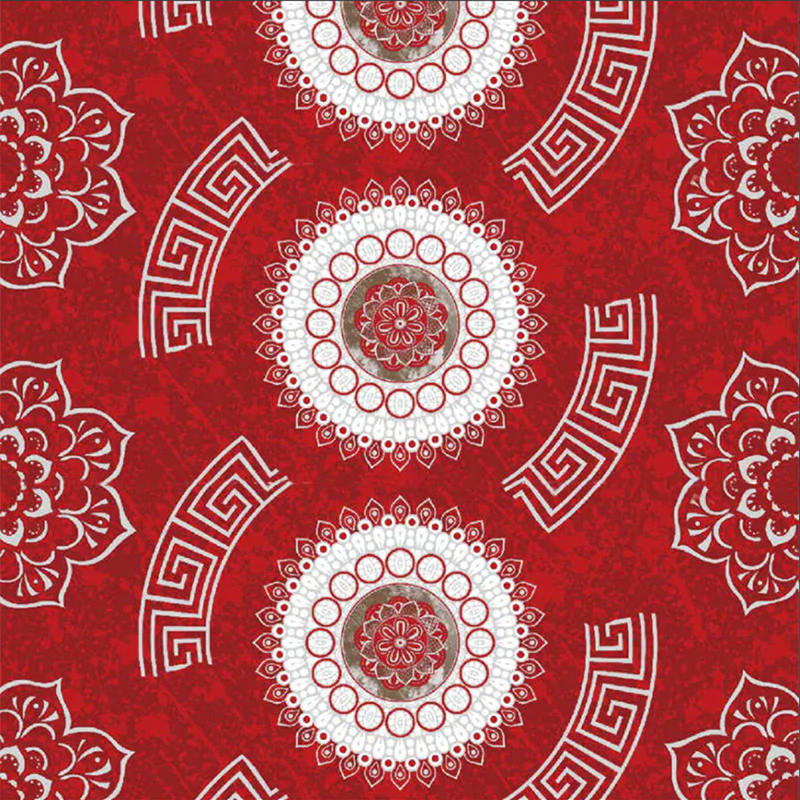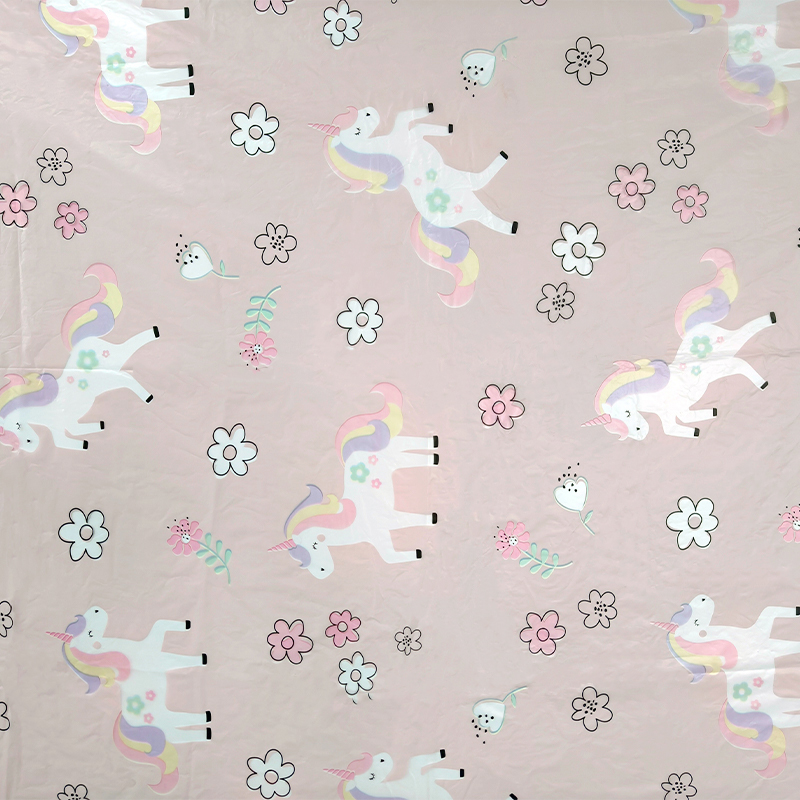The modern consumer landscape is a feast for the eyes, and packaging plays a starring role in this visual spectacle. What was once a simple protective layer has evolved into a powerful marketing tool, a brand's first handshake with its customer. At the heart of this transformation is color printing film, a versatile material that brings designs to life with a stunning array of hues and finishes. This article delves into the diverse applications of color printing film in packaging, focusing on its technical capabilities and the value it adds to the final product.
More Than Just a Pretty Picture: The Functionality of Color Printing Film
While aesthetics are a primary driver, the utility of color printing film extends far beyond a pretty picture. These films are engineered to meet the rigorous demands of modern supply chains and retail environments. They serve as a crucial barrier, protecting the product from moisture, oxygen, light, and contaminants. This is particularly vital for food and beverage products, where shelf life and freshness are paramount.
The film's structure is often a sophisticated lamination of multiple layers, each serving a specific purpose. The outermost layer is where the magic of color printing film happens. It's designed to accept inks with exceptional clarity and adhesion, ensuring that the printed image is crisp, vibrant, and durable. The underlying layers provide the necessary strength, puncture resistance, and barrier properties. This multi-layered approach allows manufacturers to create a single packaging solution that is both visually appealing and highly functional. For example, a bag of potato chips might use a metallized polyester film for its light and oxygen barrier, while a transparent polypropylene film on top provides a brilliant surface for the printed graphics.
A Spectrum of Applications: Where Color Printing Film Shines
The applications of color printing film are as diverse as the products they encase. Its flexibility and adaptability make it a go-to choice across a wide range of industries.
Food and Beverage: This sector is arguably the largest consumer of color printing film. From stand-up pouches for snacks and cereals to flow wrap for candy bars and sachets for coffee, the film's ability to create eye-catching designs is critical for capturing consumer attention in crowded grocery aisles. The high-quality graphics and photorealistic images made possible by advanced printing technologies on these films can showcase the product inside, enticing customers with a glimpse of the deliciousness within.
Cosmetics and Personal Care: In this image-conscious industry, packaging is an extension of the brand's identity. Color printing film allows for the creation of luxurious and sophisticated designs with a variety of finishes, including matte, gloss, and even holographic or metallic effects. These films are used for everything from flexible tubes for lotions and creams to sachets for single-use samples, providing a premium feel that aligns with the product's value.
Pet Food: The pet food market has become highly competitive, with a focus on premium and specialized products. Packaging is used to communicate these qualities to pet owners. Color printing film on large bags and pouches for pet food allows for the use of high-resolution images of healthy, happy pets and visually appealing ingredient callouts, helping to build trust and brand loyalty.
Pharmaceuticals and Medical Devices: While functionality is king in this industry, aesthetics are not ignored. Color printing film is used for blister packs and pouches for pills and medical supplies. The clarity of the print on the film ensures that vital information, such as dosage instructions and expiration dates, is legible and accurate. Color coding is also widely used on the film to distinguish between different products or dosages, a critical safety feature.
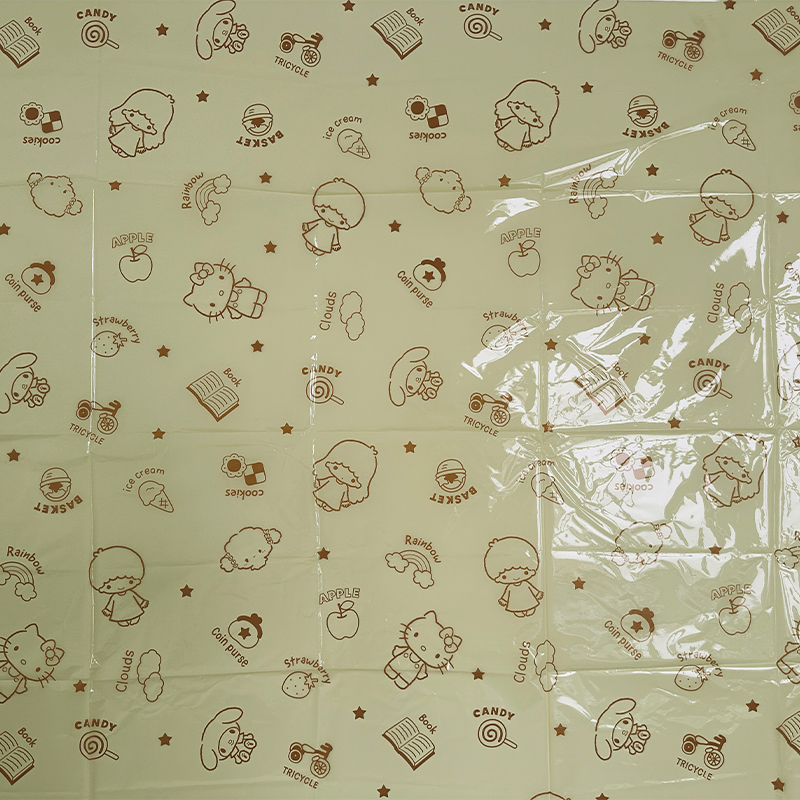
The Art and Science of Printing on Film
The vibrant results seen on store shelves are the product of sophisticated printing technologies. Two of the most common methods for printing on color printing film are rotogravure and flexography.
Rotogravure is a high-speed, high-quality printing process that uses engraved cylinders to transfer ink onto the film. This method is known for producing exceptionally sharp and detailed images, making it ideal for packaging that requires photorealistic graphics. It's often used for long print runs due to the high initial cost of the engraved cylinders.
Flexography, on the other hand, uses flexible relief plates to apply ink. While traditionally associated with lower quality, modern flexography has advanced significantly, now capable of producing high-quality graphics at high speeds. It is a more cost-effective option for shorter to medium print runs and is highly versatile, able to print on a wide variety of substrates.
The choice of printing method depends on factors such as the required print quality, the complexity of the design, and the size of the print run. Regardless of the method, the result is a beautifully rendered color printing film that transforms a simple package into a powerful marketing tool, capable of telling a brand's story and capturing the hearts of consumers. The future of packaging will undoubtedly continue to be shaped by this versatile and dynamic material.



 English
English Français
Français русский
русский عربى
عربى Español
Español
